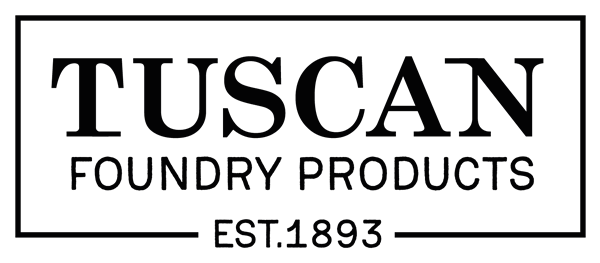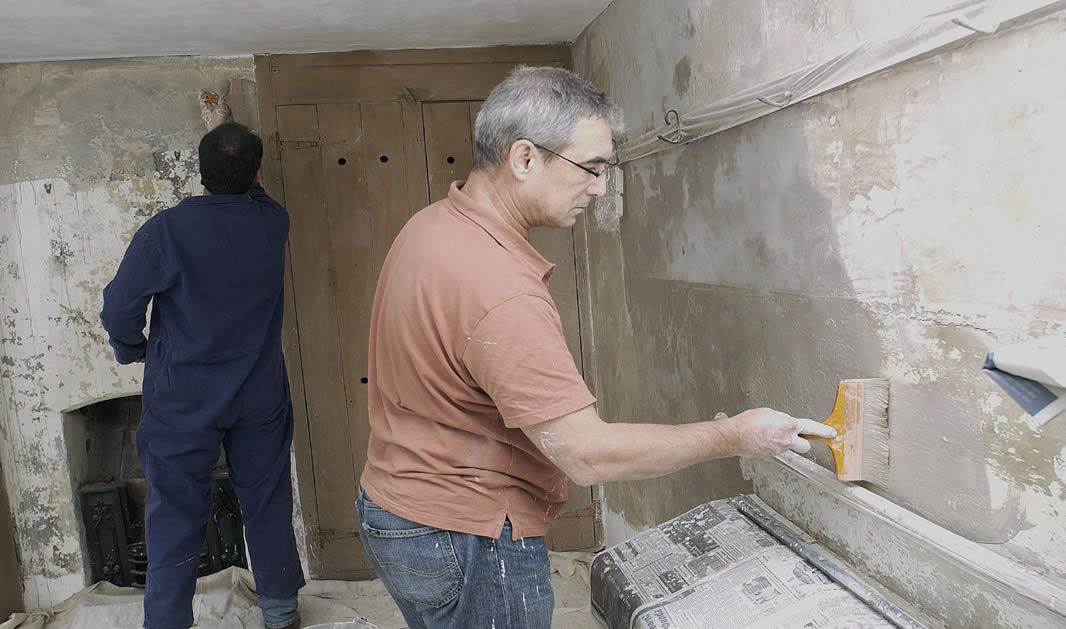

The demands of conservation impose additional considerations when working on an old building. In particular, a number of overriding principles should be borne in mind when tackling a dampness problem, in addition to the specific control measures described later (section 6) for the different forms of dampness.
The SPAB exists foremost to promote ‘conservative repair: For the Society, the value of an old building lies in its antiquity because of the feelings this evokes. It believes that the special interest of old buildings is best protected by maximising the retention of their historic fabric while minimising any disturbance affecting the overall essence.
The SPAB’s view is that conservative repair is achieved by adhering to the following key principles:
Any intervention needs to be carefully considered to minimise disturbance of historic fabric and aesthetic impact while ensuring that defects are attended to in a way that allows for future repair and maintenance.
Listed building consent may be required from the local planning authority for work that exceeds like-for-like repair – if in doubt, consult the conservation officer. It is a criminal offence to carry out work that needs listed building consent without obtaining it beforehand.
It is essential to address the cause of significant dampness in order to cure it, although if this is not feasible (for example, due to access difficulties) the alternative is to manage it by treating the symptoms. Where dampness is transient or insignificant, it may be too minor to require further action. The remedy might be more damaging than the defect.
A conservative approach should be adopted that prioritises repair in situ over wholesale replacement or modifications, justified only where absolutely necessary. The inappropriate installation of DPCs to combat rising dampness accounts for much unnecessary work on old buildings (see section 4) and can also be highly damaging (see section 6.3.4). It is sometimes undertaken to obtain guarantees; be wary about these, however, because they are often loaded with ‘get-out’ clauses and may have no insurance backing. The right approach coupled with good workmanship is the best warranty.
The most effective solution for a dampness problem may well be to take measures to help an old building ‘breathe: 12 This entails encouraging the moisture to evaporate quickly and easily, rather than trying to restrain it.13 14. It will normally involve the use of traditional methods and materials, such as lime-based plasters and vapour permeable paints, rather than their modern substitutes.
Limewash is ideal for the purpose because it is more tolerant of dampness and extremely permeable. A soft distemper can sometimes be an alternative but is unsuitable on walls that remain damp.

Where impervious materials have been used, they should ideally be removed but this may not be possible without causing further damage, so a compromise may be necessary.
Any builder employed to carry out measures to address a dampness problem should be experienced in work on old buildings, including the use of appropriate methods and materials.
Persistent dampness will encourage the growth of various kinds of mould on internal decorations and moss on external stonework. This may be removed by washing and brushing, or by use of vinegar and water, and the affected area treated with a proprietary fungicide designed for this purpose. It is not a permanent cure unless the source of dampness is eliminated.
It is strongly advisable to obtain advice from a suitable independent specialist familiar with working on old buildings and vital to investigate the underlying causes of dampness problems before attempting to control them (see section 4). In particular, be wary of anyone who suggests the insertion of a retrofit DPC based merely on the results from an electrical moisture meter.